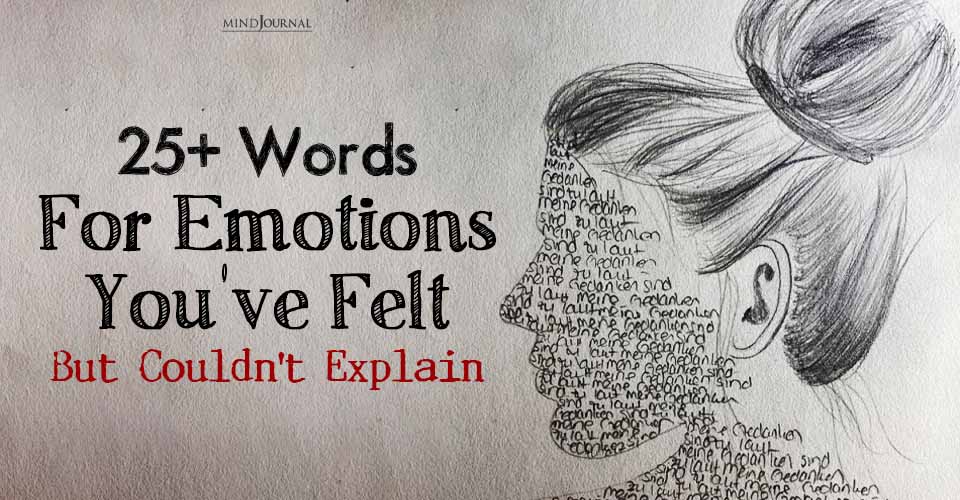Navigating the creation of mental health workbooks isn’t as straightforward as it may appear. Mental health professionals and enthusiasts seek to foster deeply engaging materials that resonate with their audience.
By leveraging an online PDF editor, you can transform conventional content into interactive experiences that promote personal growth and understanding.
Assembling a toolkit of strategies is essential—even more so when the goal is to craft workbooks that captivate and empower.
Below, we explore seven innovative approaches designed to elevate your mental health resources from useful to indispensable.
1. Unleashing Creativity with Visual Aids
A workbook that catches the eye can often catch the mind. Begin by infusing your material with visuals that resonate. When editing PDFs, insert diagrams, infographics, or relevant imagery to anchor the user’s attention and clarify complex concepts. These visual aids should simplify learning processes and enhance retention.
Moreover, these graphics aren’t merely for aesthetic pleasure; they’re strategic anchors aiding in navigation through intricate emotional landscapes. Utilize an online PDF editor to refine these elements, ensuring they are not only informative but also interactive—prompting users to engage actively with the subject matter at hand.
2. Crafting a Personalized Journey
Individuality is paramount in effective mental health work. Each workbook should honor this by offering personalized pathways. Include editable fields in your PDFs, enabling users to insert their reflections and responses directly into the document.
This tactic not only cultivates a sense of ownership but also invites an ongoing dialogue with the material. Users become co-authors of their healing journey as they shape content to reflect personal experiences and insights.
These interactive components shift passivity to participation, making each workbook a living document tailored to individual growth.
3. Engaging the Senses
Beyond mere reading, sensory engagement is a powerful tool for connection and recall. Think of how to integrate elements that call upon the senses in your workbook design. For instance, suggest tactile exercises or include spaces within your PDF for users to paste textures they find comforting.
Additionally, prompt auditory reflection by recommending specific music for different activities or encouraging users to record their vocal reflections. These multi-sensory methods enrich the therapeutic experience and can make the workbook feel more grounded in real-world practice.
Encouraging clients to engage with material beyond the confines of the page transforms passive consumption into an immersive journey—one that’s likely to leave a lasting imprint on their mental health voyage.
4. Structuring Success with Action Plans
One of the workbook’s roles is to frame ambition into attainable goals. Structure your workbook with clear, actionable plans that readers can systematically follow and complete within the PDF itself. Begin by breaking down large concepts into digestible tasks outlined in a logical sequence.
Each section should build upon the last, creating a cohesive path toward self-improvement or understanding. By incorporating checklists or progress trackers within the PDF, you provide users with tangible milestones and a visual representation of their journey.
This approach isn’t just about mapping out a direction; it’s about celebrating each step taken. It transforms aspirations into practical day-to-day actions, reinforcing progression and motivating continued engagement with both the workbook and personal growth objectives.
5. Facilitating Reflection through Prompts
A key component to fostering deeper self-exploration is the art of questioning. Thought-provoking prompts can guide users to uncover layers of their psyche that might otherwise remain untouched. These might include:
- Open-Ended Queries: Pose questions that encourage expansive thinking, allowing individuals to elaborate on their thoughts and feelings, thereby gaining new insights.
- Reflective Challenges: Introduce tasks that ask users to reflect on past experiences and how they influence present behavior. This facilitates a connection between lived events and current emotional states.
- Quotations for Contemplation: Sprinkle in select quotes from influential thinkers to inspire reflection and enable users to view their situations through different lenses.
- Scenario Exercises: Present hypothetical situations for users to navigate, which can help them apply coping strategies in a safe environment before facing real-world challenges.
- Mindfulness Moments: Include pauses for breathing or meditation exercises, prompting users to cultivate presence and awareness within their reflective practice.
These prompts serve as gentle nudges toward introspection, helping transform the workbook into a dynamic tool for mental health exploration.
6. Curating Content Sequences
Crafting a narrative flow within your workbook is like composing music. Each note must lead naturally to the next, creating a melody that resonates with the soul of the reader. Start by outlining overarching themes, then sequence them to build upon each other progressively.
In curating these sequences, consider the emotional impact of transitioning from one activity to the next. For instance, after an intense segment on confronting fears, guide users into a calming reflection or grounding exercise. This thoughtful pacing can prevent feelings of being overwhelmed and instead foster resilience as they work through challenging content.
Your workbook should feel like a supportive journey – one where setbacks are expected but accompanied by tools for recovery and personal development. This rhythm between challenge and comfort is crucial for maintaining engagement while promoting mental wellness.
7. Invoking the Power of Storytelling
Humans are wired for stories; they help us make sense of complexities and learn anew. In your workbook, weave narrative elements that resonate with universal experiences yet feel intimately personal to the reader. Start with relatable scenarios or characters facing mental health challenges, which can serve as mirrors for self-recognition.
Allow these stories to unfold gradually across the workbook, with checkpoints where users can relate their journey to the narratives presented. This not only reinforces the material but also creates an emotional bond between readers and the content.
By identifying with these stories, individuals can feel less isolated in their struggles and more empowered to overcome similar obstacles.
Ultimately, storytelling imbues your workbook with a compassionate voice, transforming abstract concepts into tangible life lessons. As readers navigate through each chapter of their own story, they engage deeply—not just with words on a page but with the evolving narrative of their lives.
Winding Up:
In crafting engaging mental health workbooks, applying these strategies can profoundly impact the audience’s therapeutic journey. Remember, the goal is to create a resource that is as enriching and interactive as it is instructive. With creativity and thoughtful design, your workbook becomes more than just a tool; it’s a companion on the path to mental wellness.







Leave a Reply